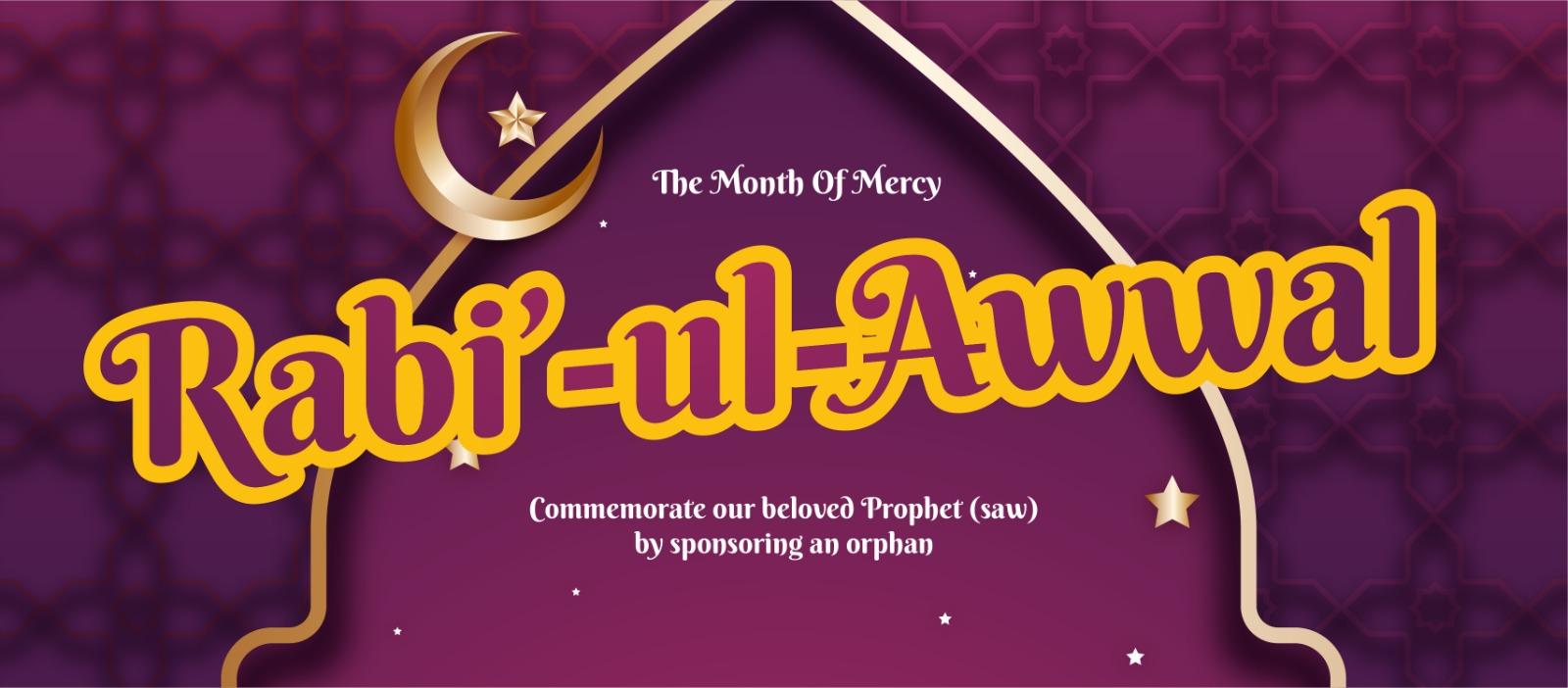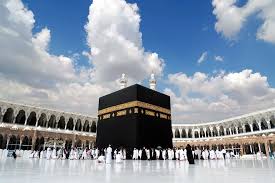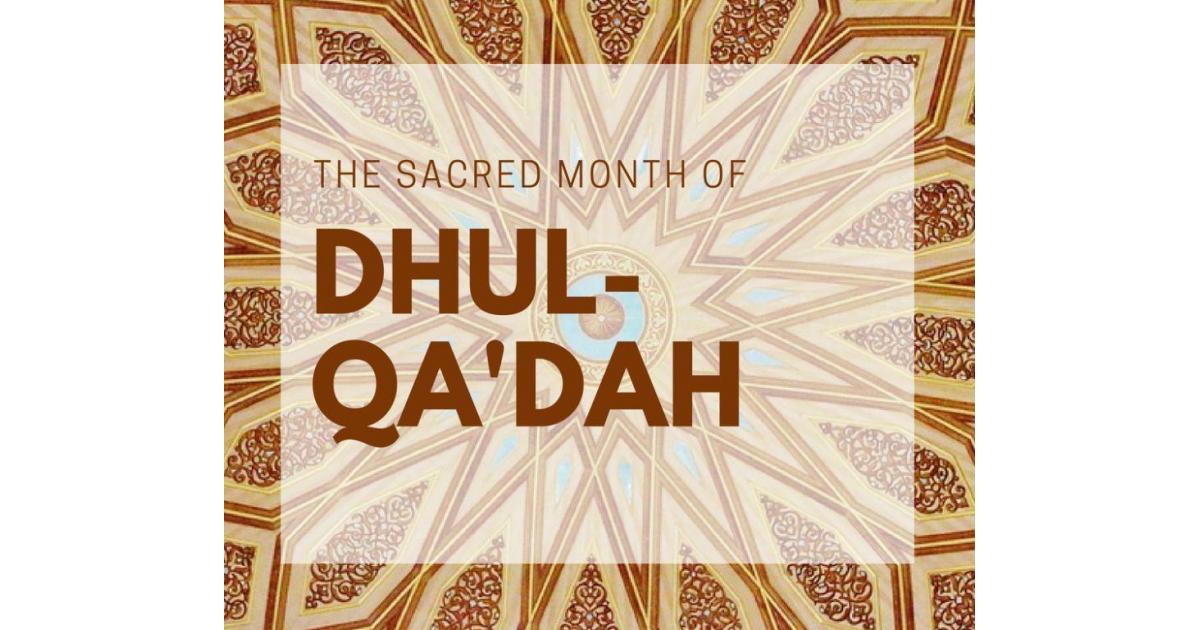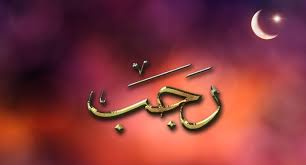Welcome to thefuturedreams.com! In this detailed article, we will explore The Month of Rabi’ al-Awwal, a significant period in the Islamic lunar calendar. This month holds a special place in the hearts of Muslims worldwide due to its historical and spiritual importance. We will delve into various aspects such as the birth of Prophet Muhammad, Mawlid al-Nabi (Eid Milad un-Nabi), religious observances in Rabi Ul Awal, and much more.
Understanding the Islamic Lunar Calendar
The Islamic lunar calendar, also known as the Hijri calendar, is based on the phases of the moon. It consists of 12 months, and each month can have 29 or 30 days depending on the sighting of the moon. Rabi Ul Awal is the third month of this calendar. The name “Rabi Ul Awal” means “the first spring,” although the month can occur in any season due to the lunar calendar’s shorter year compared to the Gregorian calendar.
Significance of Rabi Ul Awal in Islam
Rabi Ul Awal is particularly significant for Muslims because it is the month in which the Prophet Muhammad (peace be upon him) was born. This event is among the most celebrate events in the Muslim world and is knows as Mawlid al-Nabi (Eid Milad un-Nabi).
Birth of Prophet Muhammad
The birth of Prophet Muhammad is believed to have occurred on the 12th day of Rabi Ul Awal in the year 570 CE. This day is commemorated with great reverence and joy by Muslims. The birth of the Prophet marks a pivotal moment in Islamic history, as he is considered the final messenger sent by Allah to guide humanity.
Mawlid al-Nabi (Eid Milad un-Nabi)
Mawlid al-Nabi, also known as Eid Milad un-Nabi, is a celebration of the Prophet Muhammad’s birth. It is observe with various activities such as special prayers, religious gatherings, and community events. Many Muslims decorate their homes and mosques, and participate in festive processions to honor the Prophet. This day serves as a reminder of the Prophet’s teachings and his exemplary life.
Seerah of Prophet Muhammad
The Seerah refers to the biography of the Prophet Muhammad. During Rabi Ul Awal, many Muslims engage in studying the Seerah to gain deeper insights into the life of the Prophet. This includes learning about his early life, prophethood, migration (Hijrah), and his role in establishing the foundations of Islam.
Islamic History and Rabi’ al-Awwal
Rabi Ul Awal is rich in Islamic history. Apart from the birth of the Prophet, several other significant events are believe to have occurred during this month, such as the Hijrah. The Hijrah marks the migration of the Prophet Muhammad from Mecca to Medina, an event that signifies the establishment of the first Muslim community and the start of the Islamic calendar.
Religious Observances in Rabi’ al-Awwal
Muslims observe various religious practices during Rabi Ul Awal to honor the Prophet. These include:
- Quran recitations: Muslims often engage in reciting and listening to the Quran.
- Special prayers in Rabi Ul Awal: Additional prayers and supplications are made to seek blessings and commemorate the Prophet’s life.
- Educational activities: Many Islamic centers and mosques organize lectures and study sessions on the life and teachings of the Prophet.
Celebrations and Traditions
Celebrations and traditions during Rabi Ul Awal vary across the Muslim world. In many countries, large community gathers and festive processions are held. People sing naats (poems praising the Prophet), distribute sweets, and engage in charitable activities. These celebrations reflect the love and respect Muslims have for the Prophet Muhammad.
Charity and Acts of Kindness
The month of Rabi Ul Awal is also a time for increased charity and acts of kindness. Muslims are encouraged to help those in need, reflecting the Prophet’s compassion and generosity. Many participate in charitable projects such as feeding the poor, donating to orphanages, and supporting community welfare programs.
Cultural Variations in Rabi’ al-Awwal Observances
Cultural variations play a significant role in how Rabi’ al-Awwal is observe. For example:
- In South Asia, particularly in countries like Pakistan and India, Mawlid al-Nabi is mark with grand processions, decorations, and public gatherings.
- In the Middle East, the focus may be more on religious lectures and prayers.
- In North Africa, there might be a mix of both festive and religious activities.
Quran Recitations
Quran recitations are a common practice during Rabi’ al-Awwal. Muslims gather in mosques and homes to recite and listen to the Quran, reflecting on its teachings and seeking spiritual growth.
Special Prayers in Rabi’ al-Awwal
Performing special prayers in Rabi’ al-Awwal is another way Muslims honor this month. These prayers are means to show gratitude for the Prophet’s birth and to seek Allah’s blessings.
Prophet Muhammad’s Teachings
Prophet Muhammad’s teachings form the foundation of Islamic faith and practice. During Rabi’ al-Awwal, Muslims revisit these teachings to strengthen their faith and align their lives with the principles of Islam. The Prophet’s message of peace, compassion, and justice continues to inspire Muslims worldwide.
Hijrah (Migration to Medina)
The Hijrah or migration to Medina is a key event commemorate in Rabi’ al-Awwal. This migration not only marked the beginning of a new chapter for the Muslim community but also set the stage for the establishment of the Islamic state in Medina. It is a reminder of the sacrifices made by the early Muslims and the Prophet’s leadership.
Festive Processions
Festive processions are a vibrant part of Rabi’ al-Awwal celebrations in many cultures. These processions often include chanting praises of the Prophet, waving banners, and communal gatherings. They are a public display of love and respect for the Prophet Muhammad.
Community Gatherings
Community gatherings during Rabi’ al-Awwal provide an opportunity for Muslims to come together, learn, and celebrate. These gatherings can include religious lectures, discussions on the Prophet’s life, and collective prayers.
Educational Activities
Educational activities are a crucial aspect of Rabi’ al-Awwal observances. Many Islamic schools, mosques, and community centers organize programs to educate people about the life and legacy of the Prophet Muhammad. These activities help deepen the understanding of Islamic principles and the Prophet’s role in shaping them.
Historical Events in Rabi’ al-Awwal
Historical events in Rabi’ al-Awwal extend beyond the Prophet’s birth and migration. The month also saw significant events in the early years of Islam, which are remembered and reflected upon by Muslims.
Islamic Festivals
While Rabi’ al-Awwal is most noted for Mawlid al-Nabi, it is part of a larger tapestry of Islamic festivals. These festivals, spread throughout the year, celebrate various aspects of Islamic faith and history.
Ethical and Moral Lessons from Rabi’ al-Awwal
The month of Rabi’ al-Awwal offers numerous ethical and moral lessons. By studying the Prophet’s life, Muslims are reminded of the values of honesty, integrity, compassion, and justice. These lessons are not only relevant during Rabi’ al-Awwal but serve as guiding principles for life.
Conclusion
The month of Rabi’ al-Awwal is a time of great spiritual significance and celebration for Muslims around the world. It is a period to commemorate the birth of Prophet Muhammad, engage in religious observances, and reflect on Islamic history. Through Mawlid al-Nabi (Eid Milad un-Nabi), Seerah studies, charity, and community activities, Muslims honor the legacy of the Prophet and seek to embody his teachings in their lives. At thefuturedreams.com, we hope this comprehensive guide provides valuable insights into the importance and traditions of Rabi’ al-Awwal.





One thought on “The Month of Rabi’ al-Awwal: A Comprehensive Guide”